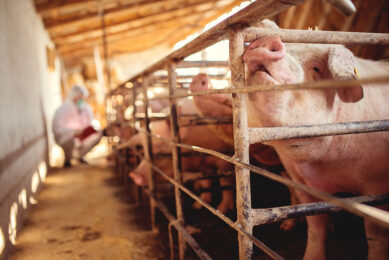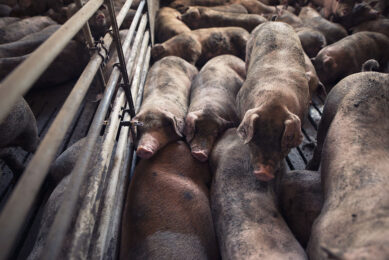Cereal price pressure predicted during EU biofuel boom
If the European Union follows the example set by the United States in mass ethanol production, then we can only expect the biofuel industry to become a major consumer of local and imported cereals competing heavily with the animal industry.
If the European Union follows the example set by the United States in mass ethanol production, then we can only expect the biofuel industry to become a major consumer of local and imported cereals competing heavily with the animal industry.
Unless a new breakthrough in cereal crop production is achieved before the boom of biofuel in the European Union, cereal prices will eventually go up.
Nevertheless, there is always a bright side to each story and, in this case it regards the by-products of ethanol production. These by-products, termed ethanol distiller’s grains, include spent grains, bran, and soluble fractions – that is, the grain without most of its starch content. As such, they are quite high in crude protein (around 30% for wheat distillers’ grains) and very low in starch (7-12%) and subsequently energy (8.5 MJ NE per kg) compared to whole cereals.
Thus, it is rather difficult to completely replace cereals (rich energy sources) with ethanol distiller’s grains. In addition, along with protein and fiber, certain undesirable cereal components are also concentrated in ethanol distillers’ grains, and these include mycotoxins.
Moreover, from experiences gained in the United States, nutritional value of such by-products may vary considerably among production sites and quite often even among batches from the same factory. Thus, these facts further reduce the potential inclusion rate of ethanol distillers’ grains in a typical feed for pigs.
In my opinion, we can expect pig feeds to include between 10 and 30% of ethanol distillers’ grains, depending on animal age and product quality. Cereals and other energy sources (tapioca, fats and oils) will continue to be used in pig feeds in considerable quantities, whereas a down pressure on the price of soya beans and its by-products (major protein sources) should also be expected. Unless producers of ethanol decide to keep their by-products for internal combustion (electricity), then it is most likely that the balance between the price of cereals and ethanol distillers’ grains will result in lower feed cost.











